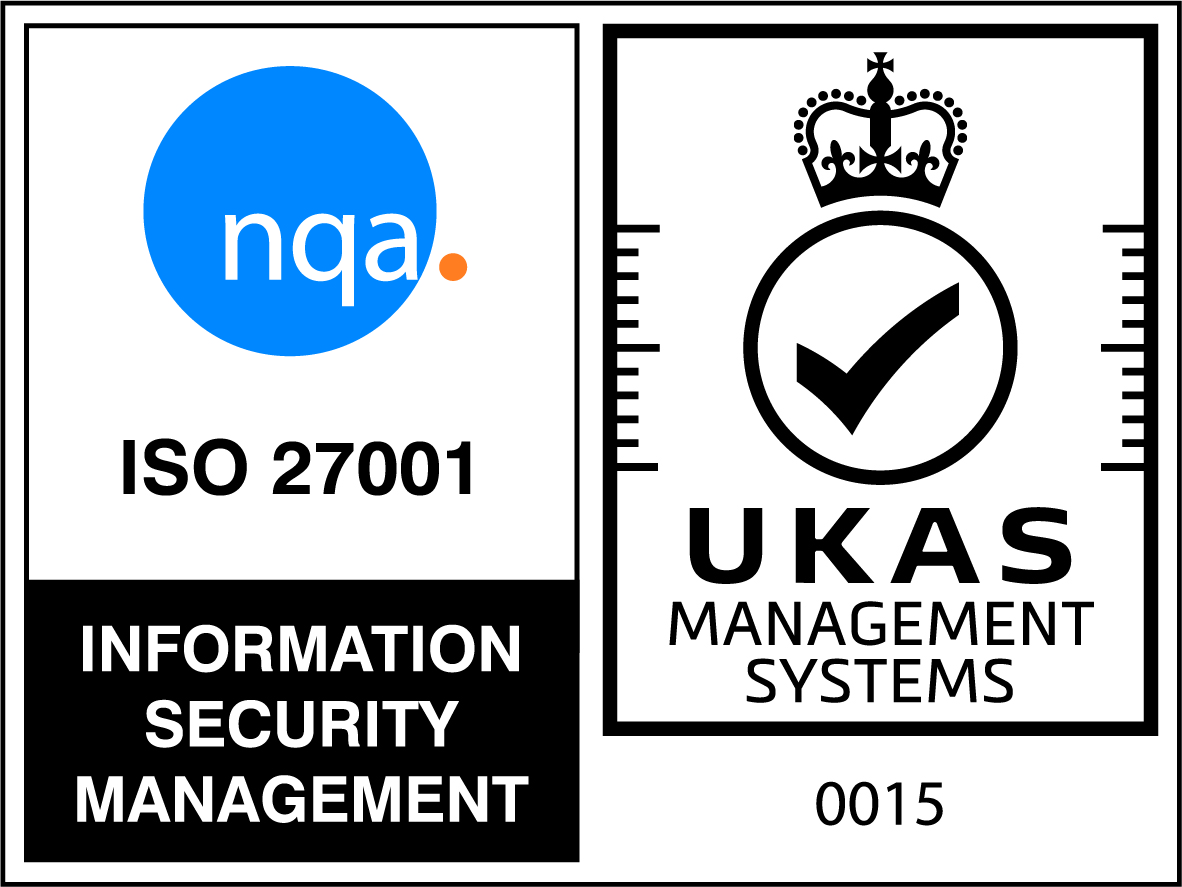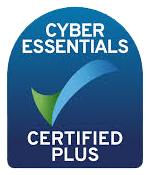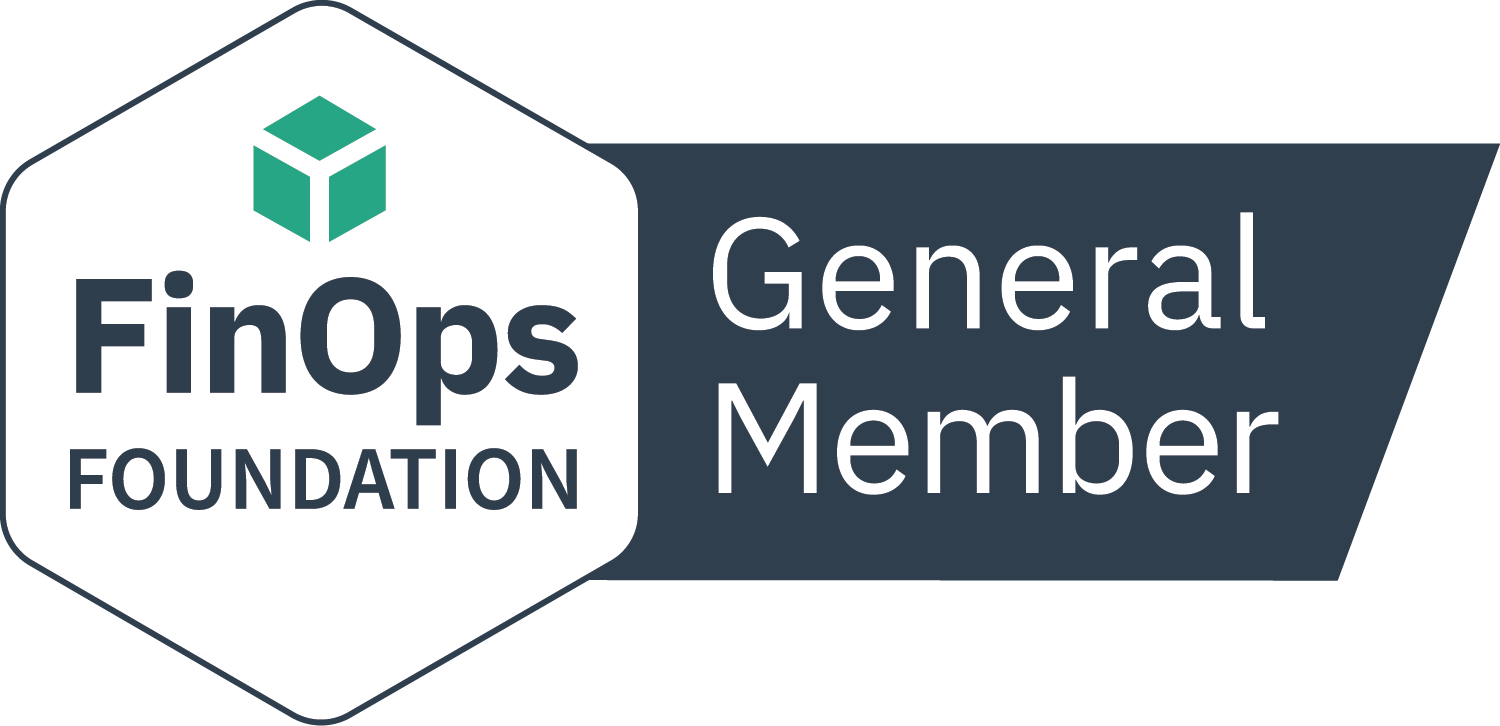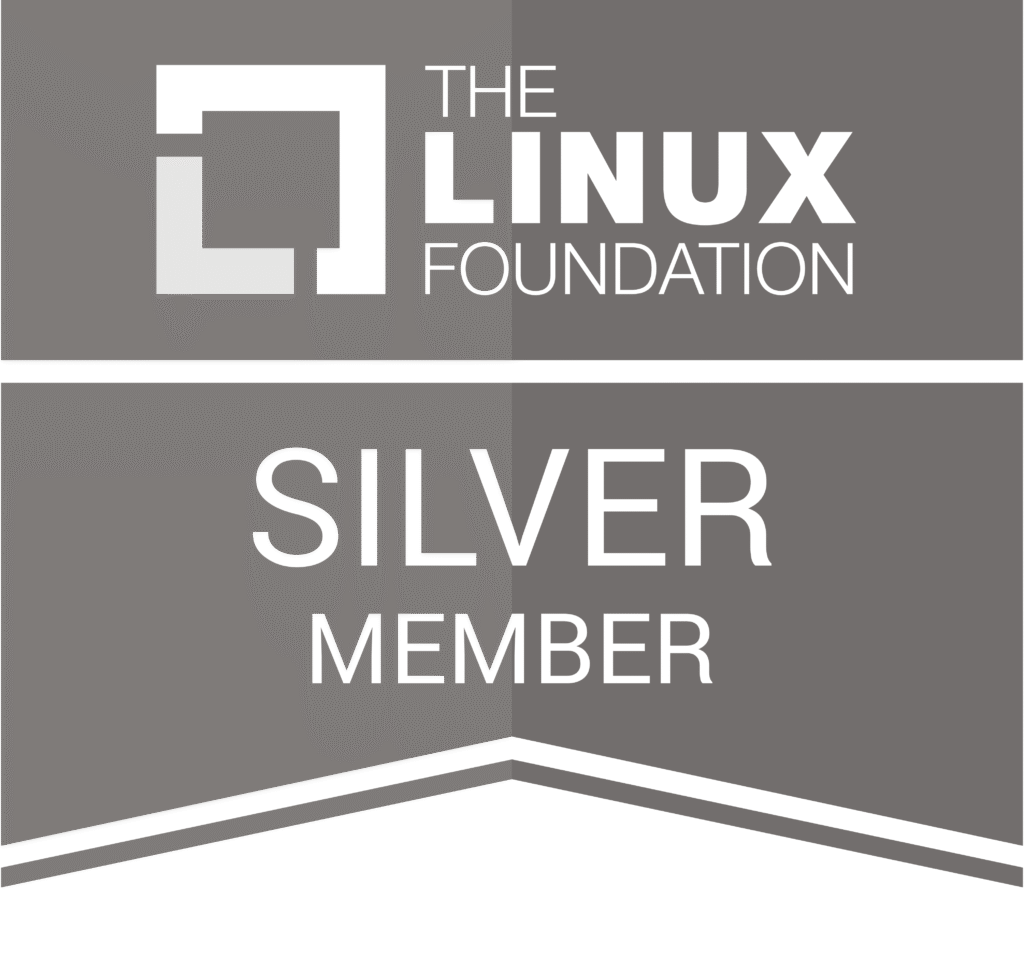With over 100 partner universities globally and 4 large main campuses, this University provides services and support for over 93,000 staff and students and over 350,000 alumni, across a widely dispersed environment.
The Challenge
With an extremely complex network of over 25,000 end-user devices, 5100 servers, 3000 virtual machines, and a variety of cloud platforms and services, the University needed to find a way to centralize their data and optimize their IT spend. The three main challenges that needed to be addressed were as follows:
Software Cost
With a current software spend over $20 million and 24,000 separate software purchases per annum, the university had to manage and monitor a tremendous amount of transactions and renewals. This was made even more difficult as separate divisions and facilities were able to purchase software independently, alongside a central eSolutions team whose role it was to negotiate and purchase university-wide licenses for key vendors such as Microsoft, SAP and Adobe. The university needed a central repository for their software spend. Without this visibility, they were unable to effectively manage software licensing and were regularly being targeted for software audits.
Become Future-Proof & Cloud Mature
The University also wanted a solution that was future proof, giving them the tools they need to manage both their current and future challenges. With a cloud-first strategy, they needed a solution that could give them the same control and visibility of the cloud as their on-premises environment. They also wanted a solution that could help facilitate them on their cloud journey, by having visibility of both their on-premises and cloud environment they could track progress.
Provide BI and Internal Asset Governance
Their final challenge was around the management of their purchased assets and internal leasing. They relied on data from their CMDB and spreadsheets and struggled with incomplete and poor-quality data and spreadsheets that were 10+ years old.
As a result, they were unable to make sound business decisions. They needed reliable up-to-date data and they needed to be able to report on this data easily, without limitations.
This would require the unification of IT Asset Management disciplines onto a single unified platform to provide a ‘single source of the truth’ and a common understanding of the entire IT estate in one solution. The scope needed to include visibility and mature governance of IT assets, everywhere, from on-premises and remote hardware devices to software licensing, datacenter and multi-cloud environments.
The Certero Solution
After raising awareness internally, support was gained for a ‘SLAM’ (Software License and Asset Management) initiative and the University reviewed the market for a prospective solution. With a well-defined list of requirements and scoring system, they refined-down their list of prospective vendors and chose to undertake a proof-of-concept (PoC) with Certero. This PoC aligned with key deliverables that supported their current and future challenges.
Throughout the proof of concept, Certero proved to be fast, intuitive, and user-friendly with reliable inventory and Effective License Position (ELP) data, mirroring the results of their recent vendor audits.
After a successful POC process, Certero was chosen as the preferred vendor and the University begun immediately improving its ITAM function with the new level of depth, detail and accessibility of information provided by the Certero platform.
Harnessing Centralized IT Asset Intelligence
The University was also able to import information from their existing CMDB and the historic spreadsheet data into the new, holistic Certero solution, where it was enriched further still with Certero data.
This provided resource managers with access to real-time data whenever needed – free from the complexity of having to export data from multiple conflicting sources and painstakingly try to make sense of it manually – only resulting in perpetually out-of-date and untrustworthy reports.
This access to reliable and complete IT asset intelligence, has helped teams across the breadth and seniority scale of IT to access the information they require quickly, supporting strong, confident, evidence-based decision making.
They are now able to create flexible and customized dashboards, graphs, and reports that were previously unachievable. Such as how many assets are leased to a particular department and what is the value of these assets.




